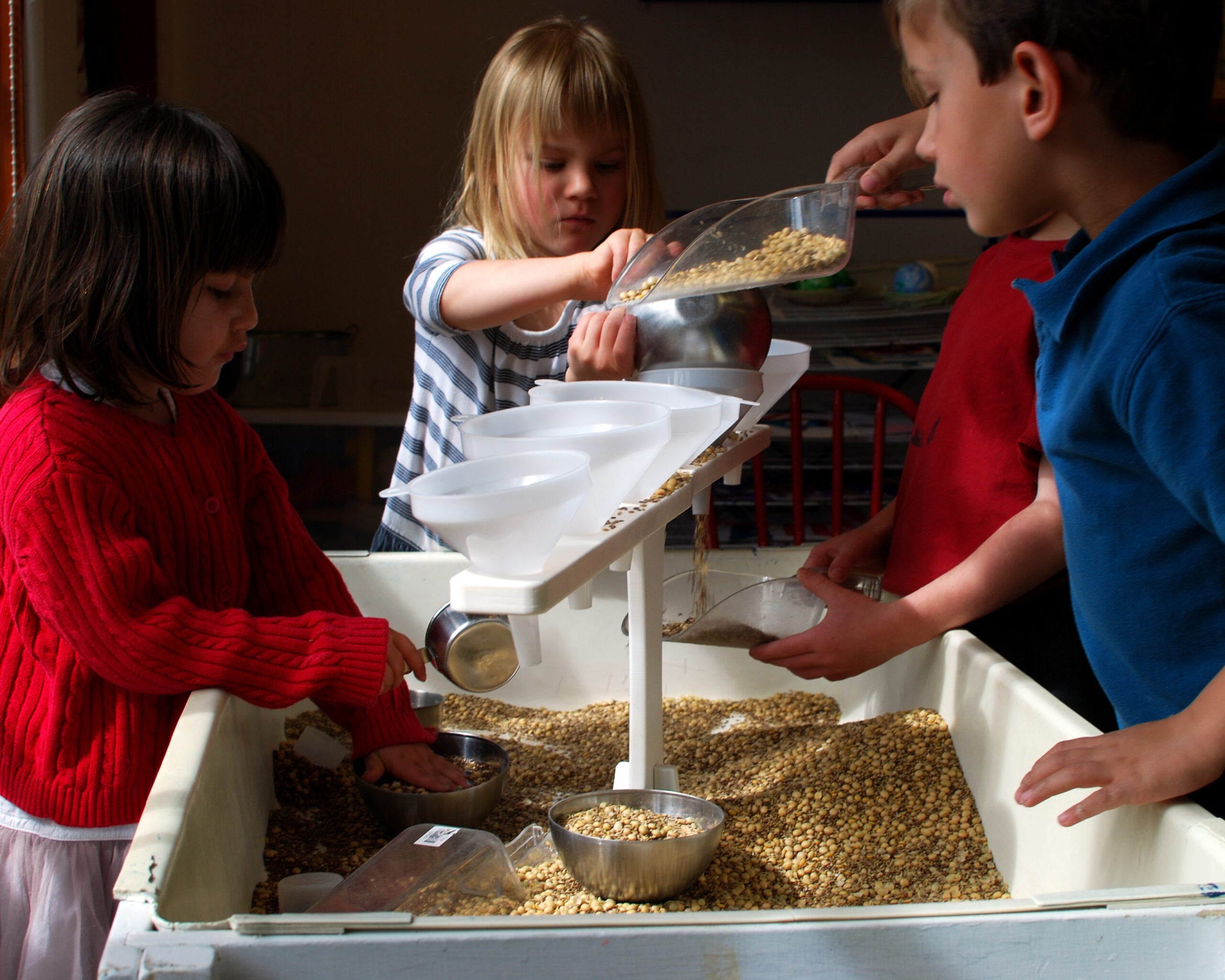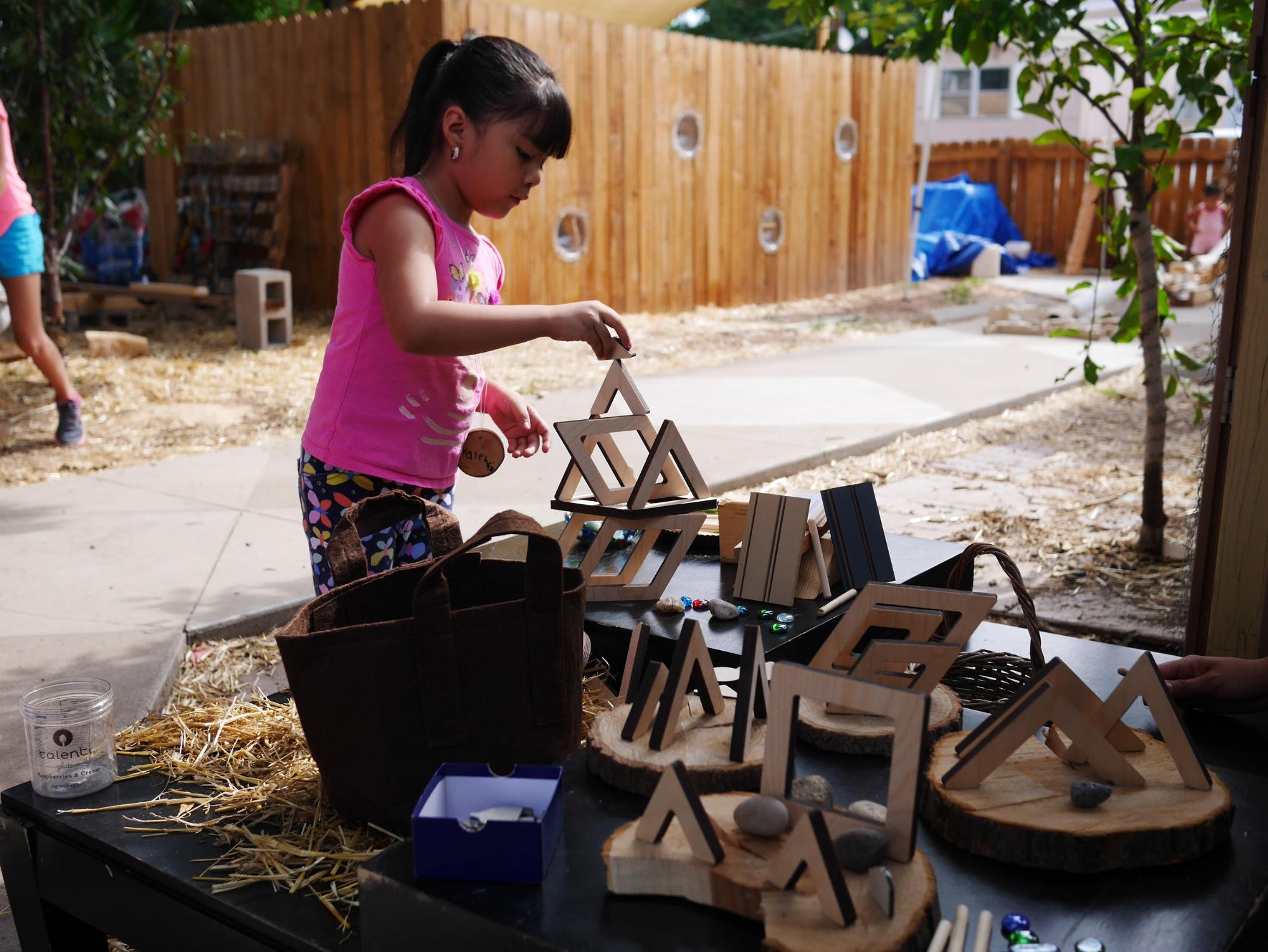A few months ago, we published a blog about a recent buzz in the media about girls and boys with toys, which stemmed from discussion about the disequilibrium of women and men in scientific fields. This week, that conversation has come back around in a new form, and is spreading like wildfire through the hashtag #ilooklikeanengineer. If you haven’t tuned into this conversation yet, here is the brief backstory: a software company based out of San Francisco recently ran a recruiting campaign that included images of employees with quotes about why they enjoyed working for the company. One such ad included Isis Anchalee (left), a female software engineer who’s poster included an image of her in a t-shirt, smiling, with unbrushed hair and glasses, and the quote, “My team is great. Everyone is smart, creative and hilarious.” The words were her own, and the picture was of her exactly as she showed up to work that morning, exactly as she does every day. However, the internet quickly got carried away judging whether or not she really was an engineer or just a model, speculating that she didn’t look like an engineer and was too attractive to possibly be in that kind of career field.  Lo and behold, this commentary has led us to the question again of why we have preconceived notions about who can be an engineer, and how educators can build a foundation for STEM subjects and adequately support scientific inquiry and investigation for both sexes. We strongly believe that environment is essential to engaging children of any age and any gender in STEM curricula. The physical spaces and concrete materials within them that we offer to children send messages about who can use them, why to use them, and how they might be used. At Kodo, open-endedness is a key element of our design process. Not only do we design our products to have open-ended purposes within preschool STEM activities (is it a ramp, or a lever? is it both? how can we use this material in different ways to achieve our goal?), but our products are also intentionally designed to eliminate any bias that could be abstracted from color, shape, and a presupposed purpose.
Lo and behold, this commentary has led us to the question again of why we have preconceived notions about who can be an engineer, and how educators can build a foundation for STEM subjects and adequately support scientific inquiry and investigation for both sexes. We strongly believe that environment is essential to engaging children of any age and any gender in STEM curricula. The physical spaces and concrete materials within them that we offer to children send messages about who can use them, why to use them, and how they might be used. At Kodo, open-endedness is a key element of our design process. Not only do we design our products to have open-ended purposes within preschool STEM activities (is it a ramp, or a lever? is it both? how can we use this material in different ways to achieve our goal?), but our products are also intentionally designed to eliminate any bias that could be abstracted from color, shape, and a presupposed purpose.  For example, in today’s world, colors like pink and purple are largely considered to indicate a product for girls. Colors like blue and green are “for boys”. At Kodo, many of our products are made of natural, solid, hand-crafted wood. The wood is never painted, and therefore the product is never “assigned” to an assumed audience. Our tools are not modeled after the traditional items found in the toolbox in your garage, but rather allow a child’s mind to discover their utility and different ways of using them. The gender-neutral loose parts, simple machines, and open-ended materials we design and build invite both girls and boys to play and investigate equally. We work hard to ensure that we are developing engineering activities for kids - boys and girls alike. The introduction to STEM principles at a young age, we believe, is key to changing the future conversations about gender in the STEM fields. We believe that now is the time to design learning environments void of bias and full of equal opportunity for both boys and girls. This is one of the key and essential elements necessary to create a future where all career paths are free from stereotypes and are rife with possibilities for both women and men alike.
For example, in today’s world, colors like pink and purple are largely considered to indicate a product for girls. Colors like blue and green are “for boys”. At Kodo, many of our products are made of natural, solid, hand-crafted wood. The wood is never painted, and therefore the product is never “assigned” to an assumed audience. Our tools are not modeled after the traditional items found in the toolbox in your garage, but rather allow a child’s mind to discover their utility and different ways of using them. The gender-neutral loose parts, simple machines, and open-ended materials we design and build invite both girls and boys to play and investigate equally. We work hard to ensure that we are developing engineering activities for kids - boys and girls alike. The introduction to STEM principles at a young age, we believe, is key to changing the future conversations about gender in the STEM fields. We believe that now is the time to design learning environments void of bias and full of equal opportunity for both boys and girls. This is one of the key and essential elements necessary to create a future where all career paths are free from stereotypes and are rife with possibilities for both women and men alike.
 Lo and behold, this commentary has led us to the question again of why we have preconceived notions about who can be an engineer, and how educators can build a foundation for STEM subjects and adequately support scientific inquiry and investigation for both sexes. We strongly believe that environment is essential to engaging children of any age and any gender in STEM curricula. The physical spaces and concrete materials within them that we offer to children send messages about who can use them, why to use them, and how they might be used. At Kodo, open-endedness is a key element of our design process. Not only do we design our products to have open-ended purposes within preschool STEM activities (is it a ramp, or a lever? is it both? how can we use this material in different ways to achieve our goal?), but our products are also intentionally designed to eliminate any bias that could be abstracted from color, shape, and a presupposed purpose.
Lo and behold, this commentary has led us to the question again of why we have preconceived notions about who can be an engineer, and how educators can build a foundation for STEM subjects and adequately support scientific inquiry and investigation for both sexes. We strongly believe that environment is essential to engaging children of any age and any gender in STEM curricula. The physical spaces and concrete materials within them that we offer to children send messages about who can use them, why to use them, and how they might be used. At Kodo, open-endedness is a key element of our design process. Not only do we design our products to have open-ended purposes within preschool STEM activities (is it a ramp, or a lever? is it both? how can we use this material in different ways to achieve our goal?), but our products are also intentionally designed to eliminate any bias that could be abstracted from color, shape, and a presupposed purpose.  For example, in today’s world, colors like pink and purple are largely considered to indicate a product for girls. Colors like blue and green are “for boys”. At Kodo, many of our products are made of natural, solid, hand-crafted wood. The wood is never painted, and therefore the product is never “assigned” to an assumed audience. Our tools are not modeled after the traditional items found in the toolbox in your garage, but rather allow a child’s mind to discover their utility and different ways of using them. The gender-neutral loose parts, simple machines, and open-ended materials we design and build invite both girls and boys to play and investigate equally. We work hard to ensure that we are developing engineering activities for kids - boys and girls alike. The introduction to STEM principles at a young age, we believe, is key to changing the future conversations about gender in the STEM fields. We believe that now is the time to design learning environments void of bias and full of equal opportunity for both boys and girls. This is one of the key and essential elements necessary to create a future where all career paths are free from stereotypes and are rife with possibilities for both women and men alike.
For example, in today’s world, colors like pink and purple are largely considered to indicate a product for girls. Colors like blue and green are “for boys”. At Kodo, many of our products are made of natural, solid, hand-crafted wood. The wood is never painted, and therefore the product is never “assigned” to an assumed audience. Our tools are not modeled after the traditional items found in the toolbox in your garage, but rather allow a child’s mind to discover their utility and different ways of using them. The gender-neutral loose parts, simple machines, and open-ended materials we design and build invite both girls and boys to play and investigate equally. We work hard to ensure that we are developing engineering activities for kids - boys and girls alike. The introduction to STEM principles at a young age, we believe, is key to changing the future conversations about gender in the STEM fields. We believe that now is the time to design learning environments void of bias and full of equal opportunity for both boys and girls. This is one of the key and essential elements necessary to create a future where all career paths are free from stereotypes and are rife with possibilities for both women and men alike.

Share:
Cool Tools : Mud Kitchens and Outdoor Preschool Sensory Activities
Apples From Supermarkets - Learning Where Food Comes From